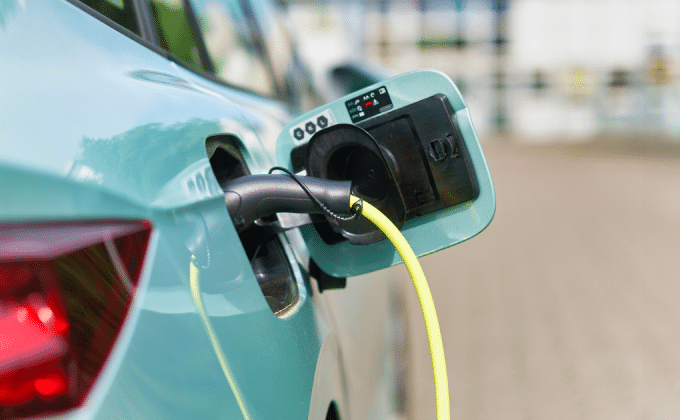Filter >>
Content Filter:
Part of RAP & ICCT’s Benefits of EVs Through Smart Charging Global Project As electric vehicle markets across the globe grow and mature, the challenge to ensure the smooth and effective integration of EVs into the power grid becomes more… View Summary +

In most U.S. states, the utility commission has a formal role to play in reviewing or approving the contents of a utility’s integrated resource plan (IRP). These plans serve as long-term, forward-looking energy strategies that electric utilities use to meet their… View Summary +

近日,国家发展改革委、国家能源局颁布了《关于全面加快电力现货市场建设工作的通知》(发改办体改〔2025〕394号)为现货市场加速发展制定了时间表,要求2025年底前基本实现电力现货市场全覆盖,全面开展连续结算运行。现货市场的建设实践至关重要,有望显著提升电力系统运行效率,更可有效促进可再生能源消纳。 View Summary +

The Regulatory Assistance Project has been bringing clarity to the complexity of the clean energy transition since 1992. By developing data-informed, real-world solutions — that are also cost-effective and reliable — RAP supports the creation of stronger, cleaner and more… View Summary +

Fluktuierende und dezentrale Energieerzeugung wie auch lokale und flexibler Stromverbrauch verursachen zunehmende Engpässe im deutschen Stromnetz. Diese lokalen Netzsituationen werden nicht im Strommarktdesign berücksichtigt. Eine Berücksichtigung derselben in den Netzentgelten wird diskutiert. Dafür ist es notwendig, die Bewirtschaftungs- und Ausbaukosten… View Summary +

2025年是中国“十四五”规划的收官之年,也是“十五五”规划谋篇布局的关键一年,中国将在这一年继续制定落实《巴黎协定》承诺的措施,并明确下一个“五年规划”的核心方向。在实现碳达峰、碳中和目标的过程中,建筑用能结构的转型已成为不可忽视的重要环节。 View Summary +

Brazil’s electricity sector is undergoing a pivotal transformation driven by rapid growth in distributed energy resources (DERs), climate commitments and evolving consumer demands. The anticipated expiration of 20 distribution concession contracts between 2025 and 2031 presents a strategic opportunity to… View Summary +

The European Commission recently announced that it would investigate the role of social leasing as a way to increase access to clean products such as electric vehicles and heat pumps. France recently introduced a scheme for… View Summary +

About this Report: Decades of experience indicate that prescient planning on the part of regulators, utilities and stakeholders helps to deliver reliable energy service at a fair price. Early, routine planning that engages stakeholders in a transparent manner can… View Summary +

2025年4月,国家发展改革委联合工业和信息化部、生态环境部、住房城乡建设部、交通运输部、国家能源局等部门发布了《推动热泵行业高质量发展行动方案》(发改环资〔2025〕313号)(以下简称《行动方案》)。《行动方案》提出,力争到2030年,热泵生产制造和技术研发能力不断增强,热泵建筑应用面积和热泵机组装机容量持续增长。 View Summary +

